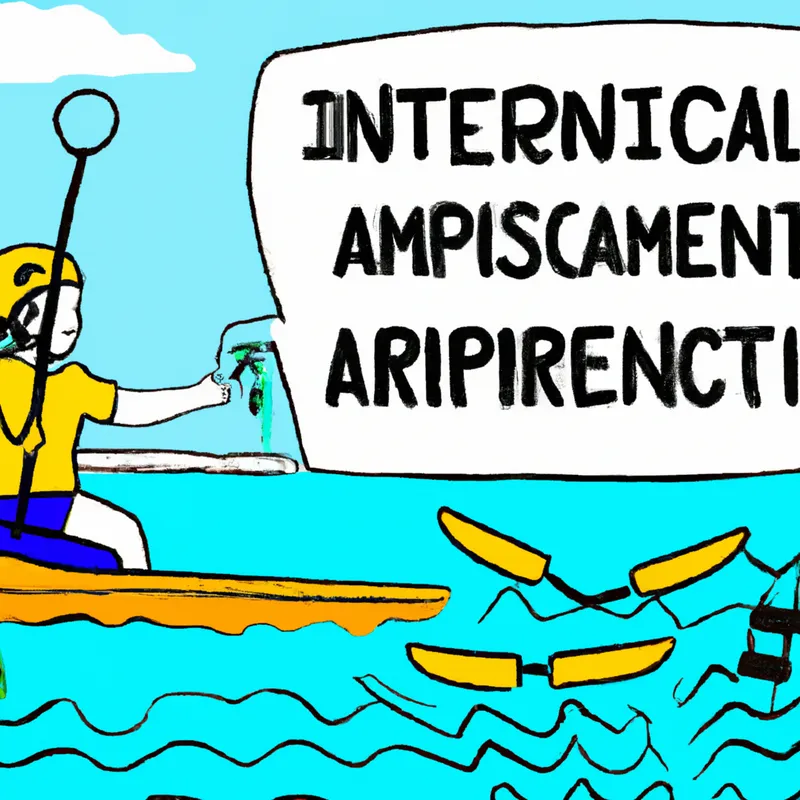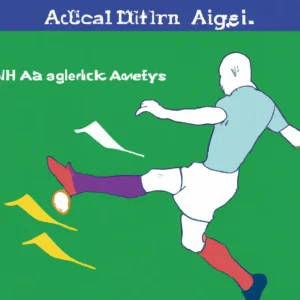Transform Your Mind: Adaptive Watersports for Autism
The Impact of Adaptive Watersports on Mental Health for Individuals with Autism Spectrum Disorder
Adaptive watersports transform mental health for individuals with Autism Spectrum Disorder (ASD). These activities enhance physical engagement in a safe, supportive environment. They promote social interaction, boost confidence, and reduce anxiety. Let’s explore adaptive watersports’ positive effects on mental well-being and offer practical tips for getting started.
Understanding Adaptive Watersports
Adaptive watersports include kayaking, paddleboarding, sailing, and surfing. These activities accommodate individuals with diverse abilities, including those facing physical, sensory, or cognitive challenges. The goal is to create an inclusive environment where everyone can enjoy being on the water.
Participants experience calming natural settings. The sights and sounds of water soothe sensory overload and reduce stress. Many adaptive watersport programs provide specialized equipment and trained instructors, ensuring safety and support. This allows participants to focus on enjoyment and personal growth.
Tips for Getting Started
1. **Research Local Programs**: Investigate organizations offering adaptive watersports in your area. Many communities provide specialized programs for individuals with ASD.
2. **Visit Before Participating**: If possible, take your child to visit the location. Familiarizing them with the setting reduces anxiety and builds anticipation.
3. **Communicate with Instructors**: Discuss your child’s specific needs with instructors. Sharing details about preferences, strengths, and challenges helps tailor their approach.
4. **Start Slowly**: Begin with shorter sessions to help your child acclimate. Gradually increase duration and intensity as they grow more comfortable.
5. **Encourage Social Interaction**: Many adaptive watersports involve group activities. Encourage your child to interact with peers, fostering friendships and enhancing social skills.
Advice for Parents and Caregivers
Your support is crucial for your child’s success in adaptive watersports. Here are some strategies to enhance their experience:
1. **Be Patient**: Every child with ASD has unique challenges. Some may need extra time to adjust. Patience helps them feel secure.
2. **Celebrate Small Achievements**: Recognize and celebrate every success. Acknowledging achievements fosters a sense of accomplishment.
3. **Create a Routine**: Establish a consistent routine for participating. Predictability provides comfort and stability, making the experience enjoyable.
Conclusion
Adaptive watersports significantly enhance mental health for individuals with ASD. Through supportive environments, these activities foster confidence, social interaction, and personal growth.
Below are related products based on this post:
FAQ
What are adaptive watersports, and how do they benefit individuals with Autism Spectrum Disorder?
Adaptive watersports include activities like kayaking, paddleboarding, sailing, and surfing, designed to accommodate individuals with various abilities. They benefit individuals with Autism Spectrum Disorder (ASD) by enhancing physical engagement, promoting social interaction, boosting confidence, and reducing anxiety in a safe and supportive environment.
How can parents and caregivers prepare their child for adaptive watersports?
Parents and caregivers can prepare their child for adaptive watersports by researching local programs, visiting the location beforehand, communicating with instructors about the child’s needs, starting with shorter sessions, and encouraging social interaction with peers to foster friendships and enhance social skills.
What strategies can support a child’s experience in adaptive watersports?
To support a child’s experience in adaptive watersports, caregivers should be patient, celebrate small achievements to foster a sense of accomplishment, and create a consistent routine for participation. This predictability helps provide comfort and stability, making the experience more enjoyable for the child.















Post Comment